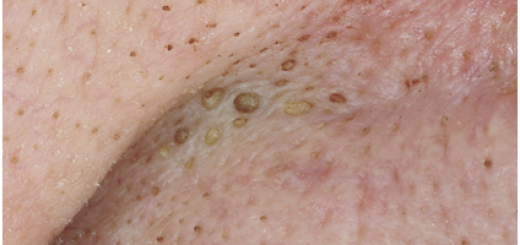How Do Health Professionals Use Cancer Vaccine Research?
The latest advances in cancer vaccine research are transforming cancer care. These breakthroughs include Personalized mRNA technology, antigens, and targeted therapies. The question is, how do health professionals use cancer vaccine research in practice? This article will review key issues in the field. You can also learn about the Phase 1 trial and the Personalized mRNA technology.
Antigens
A new way to prevent cancer is possible thanks to the development a cancer vaccine. Vaccines are developed by combining bits of DNA and RNA from cancer cells with antigens from healthy cells. When injected into the body, these antigens prompt the immune system to attack cancer cells. These vaccines have great potential for preventing certain types of cancer, and some may even be able to prevent others from coming back.
As a treatment for cancer, tumor vaccines can be used alone or in combination with standard treatments. Combining tumor vaccines with immune-modulating drugs can be beneficial for the patient. Combined with chemotherapy or other cancer therapies, they can provide a synergistic effect. It means that a cancer vaccine can be a part of standard cancer treatment in the future.
Personalized mRNA technology
Researchers are using personalized mRNA technology to develop a cancer vaccine. This technology has many advantages. It targets cancer mutations. For instance, a personalized cancer vaccine might prime a patient’s immune system to attack cancer cells at their source. This method may answer the growing need for a more effective cancer vaccine. Researchers hope to begin clinical trials with this innovative technique by the decade’s end.
The use of mRNA technology is a promising approach to cancer vaccine research. While non-mRNA vaccines target viruses and other diseases that cause cancer, mRNA-based vaccines train the immune system to recognize tumor antigens. In addition to advancing cancer vaccine research, it could also improve the treatment of diseases with untreatable genetic mutations, such as hepatitis C.
Phase 1 trial
The U.S. Department of Defense is funding a new cancer vaccine that will be given to women at risk for a type of breast cancer called triple-negative. Women at high risk for this type of breast cancer usually undergo a mastectomy to prevent it. If the vaccine proves effective, it will be a booster for survivors who have already been diagnosed. It will target a protein called a-lactalbumin, which plays a role in milk production and is overexpressed in tumors.
Targeting cancer cells
There are currently four different types of cancer vaccines. Each of these is designed to target a specific cancer cell. These cancer vaccines are different from traditional ones because they target tumor cells and not the disease itself. Traditional vaccines induce humoral immunity to treat infectious diseases and promote a healthy immune system. But cancer vaccines are targeted at tumor cells to help combat malignancy. They work by targeting CD8+ cytotoxic T cells, which are essential for killing malignant cells.
Some cancer vaccines target antigens found on cancer cells. These include the carcinoembryonic antigen (CEA), MUC-1, NY-ESO-1, and guanylyl cyclase. Others work against cancer cells in the kidney. Researchers are also trying to develop vaccines for lung, kidney, and other conditions. These vaccines are being tested in humans and are in clinical trials.














